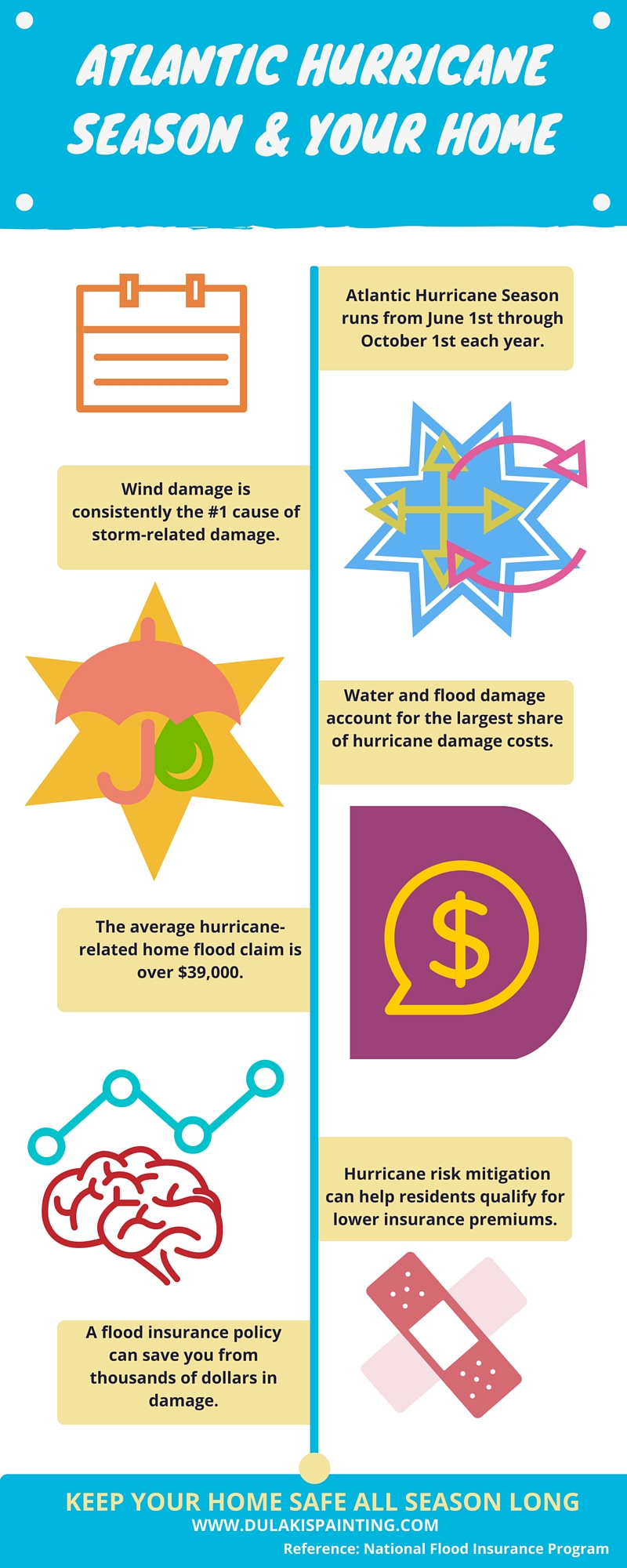Seasonal Factors To Consider For Industrial Exterior Paint: What You Need To Know
Seasonal Factors To Consider For Industrial Exterior Paint: What You Need To Know
Blog Article
Created By-Regan Decker
When you're planning an industrial outside painting task, seasonal elements can make or break your results. You'll wish to consider just how temperature level and humidity impact paint application and drying times. Choosing the right period can guarantee your paint adheres correctly and lasts much longer. But which seasons are really the most effective for this kind of work? Let's explore the crucial elements that can influence your project's success.
The Influence of Temperature on Paint Application
When you're planning an industrial exterior painting project, the temperature can dramatically impact how well the paint adheres and dries out.
Preferably, you want to repaint when temperatures range in between 50 ° F and 85 ° F. If it's as well cold, the paint might not treat appropriately, bring about concerns like peeling off or breaking.
On the flip side, if it's too warm, the paint can dry also swiftly, protecting against appropriate adhesion and leading to an unequal finish.
You should additionally consider the moment of day; morning or late afternoon uses cooler temperatures, which can be much more positive.
Always check the supplier's suggestions for the certain paint you're making use of, as they usually provide guidance on the excellent temperature level range for ideal outcomes.
Moisture and Its Result on Drying Times
Temperature level isn't the only ecological element that influences your industrial external paint job; humidity plays a considerable role as well. High humidity degrees can slow down drying times drastically, affecting the general quality of your paint work.
When the air is filled with wetness, the paint takes longer to treat, which can lead to problems like poor bond and a higher danger of mildew growth. If you're repainting on a specifically moist day, be gotten ready for prolonged delay times between coats.
painters house to monitor neighborhood weather conditions and strategy appropriately. Preferably, aim for moisture levels between 40% and 70% for ideal drying.
Keeping https://professional-painters-nea99887.blogdun.com/34989612/are-you-prepared-to-discover-skilled-advice-for-smooth-participation-with-house-painters-guaranteeing-your-painting-project-is-a-convenient-undertaking in mind ensures your project remains on track and supplies an enduring surface.
Best Seasons for Commercial Outside Paint Projects
What's the most effective time of year for your commercial outside painting tasks?
Spring and early autumn are normally your best options. Throughout these seasons, temperature levels are mild, and moisture degrees are usually reduced, producing perfect problems for paint application and drying.
Stay clear of summer's intense heat, which can create paint to dry too promptly, causing poor adhesion and finish. In a similar way, winter months's cold temperatures can prevent appropriate drying out and treating, taking the chance of the longevity of your paint task.
Aim for days with temperature levels in between 50 ° F and 85 ° F for ideal outcomes. Keep in mind to examine the local weather report for rainfall, as wet conditions can spoil your task.
Preparation around these aspects guarantees your painting project runs smoothly and lasts much longer.
Final thought
Finally, preparing your industrial external painting projects around seasonal factors to consider can make a substantial difference in the end result. By scheduling work throughout the ideal temperatures and moisture levels, you'll make certain far better bond and drying times. Remember to keep an eye on neighborhood weather prediction and select the right time of year-- spring and very early fall are your best bets. Taking house painter and decorator will certainly assist you achieve a sturdy and professional finish that lasts.
